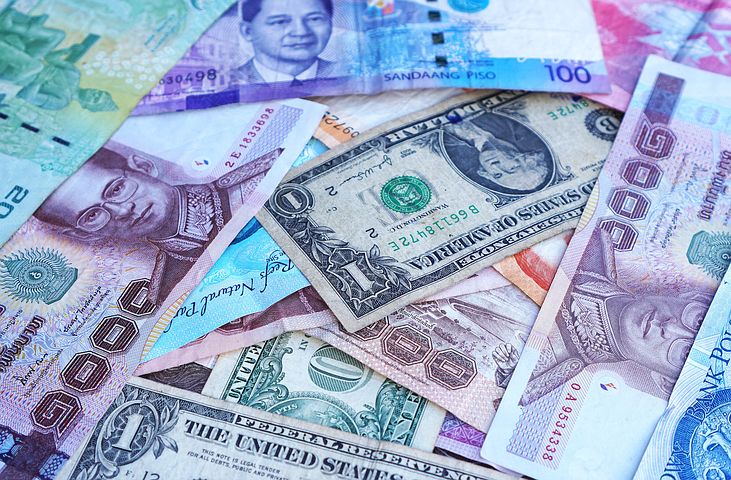 There has been a high level of volatility in the Forex market since the new calendar year began, particularly the “flash crash” seen in the Japanese Yen, Australian Dollar, and British Pound just before the Asian session began on 3rd January. This looks set to continue as we head into the first full week of the year. I see three things worth keeping an eye on.
There has been a high level of volatility in the Forex market since the new calendar year began, particularly the “flash crash” seen in the Japanese Yen, Australian Dollar, and British Pound just before the Asian session began on 3rd January. This looks set to continue as we head into the first full week of the year. I see three things worth keeping an eye on.
The U.S. Dollar saw a much higher than expected NFP new jobs number last Friday. However, the Federal Reserve are showing increasing signs of dropping their plans for further rate hikes which had been expected to occur throughout 2019. Despite the strong jobs number, the U.S. Dollar Index ended the week down and near its low, so we could be seeing signs of a newly bearish greenback.
After the British Prime Minister Theresa May kicked Brexit into touch so the country and presumably the Members of Parliament too could enjoy the usual Christmas and New Year holiday break which is customary in the U.K., we can expect the issue to return to the fore. Parliament reconvenes tomorrow after the holiday, and the Prime Minister is pushing on with a scheduled vote next week, which she still shows no sign of winning. This means we are likely to see more volatility in the British Pound over the coming days, which might be exacerbated by some key British economic data releases.
The Australian Dollar and British Pound may have printed long-term lows, while the Japanese Yen may have printed a long-term high, following the extended moves these currencies made during the “flash crash” last week. Despite what has been said about the crash occurring during a supposedly “low liquidity” environment, there will have been long-term positional orders on the books which got filled at those levels. The case of the Australian Dollar is especially interesting, as it quickly bounced back to make a new 2-week high price. If you look at daily charts, you can see huge bullish pin candlesticks on AUD and GBP pairs and crosses.
